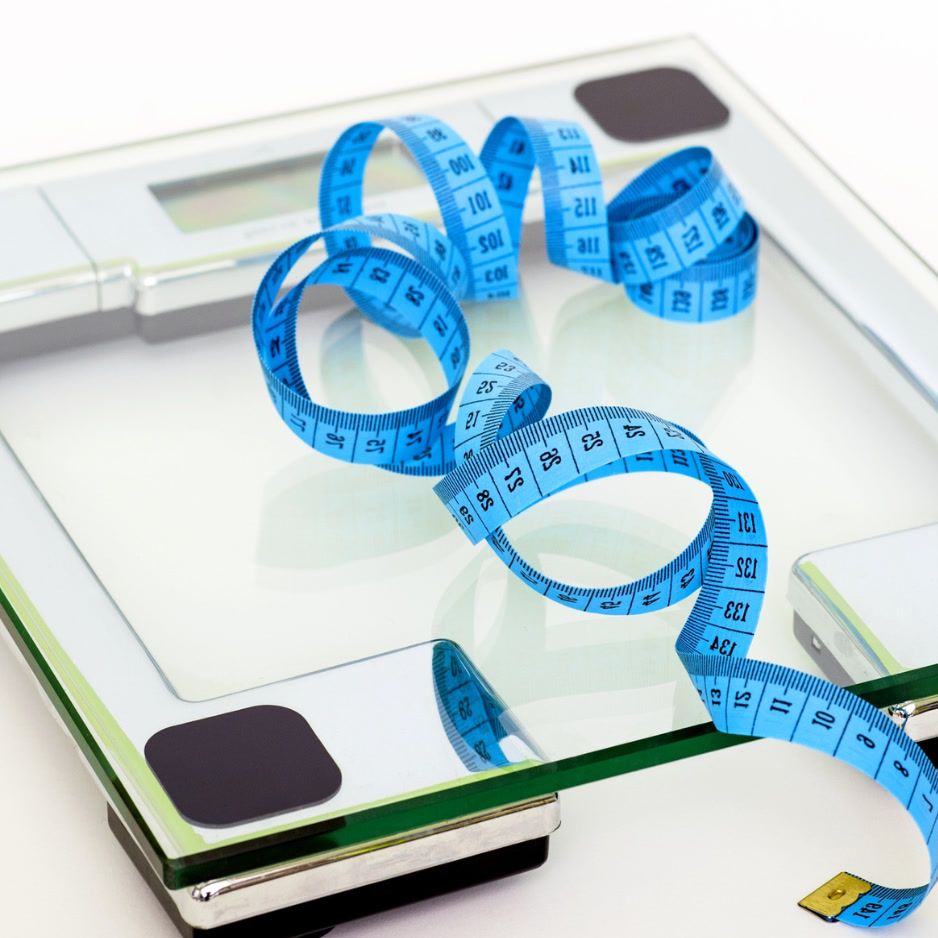Outdoor Fitness Equipment: Cost & ROI Guide
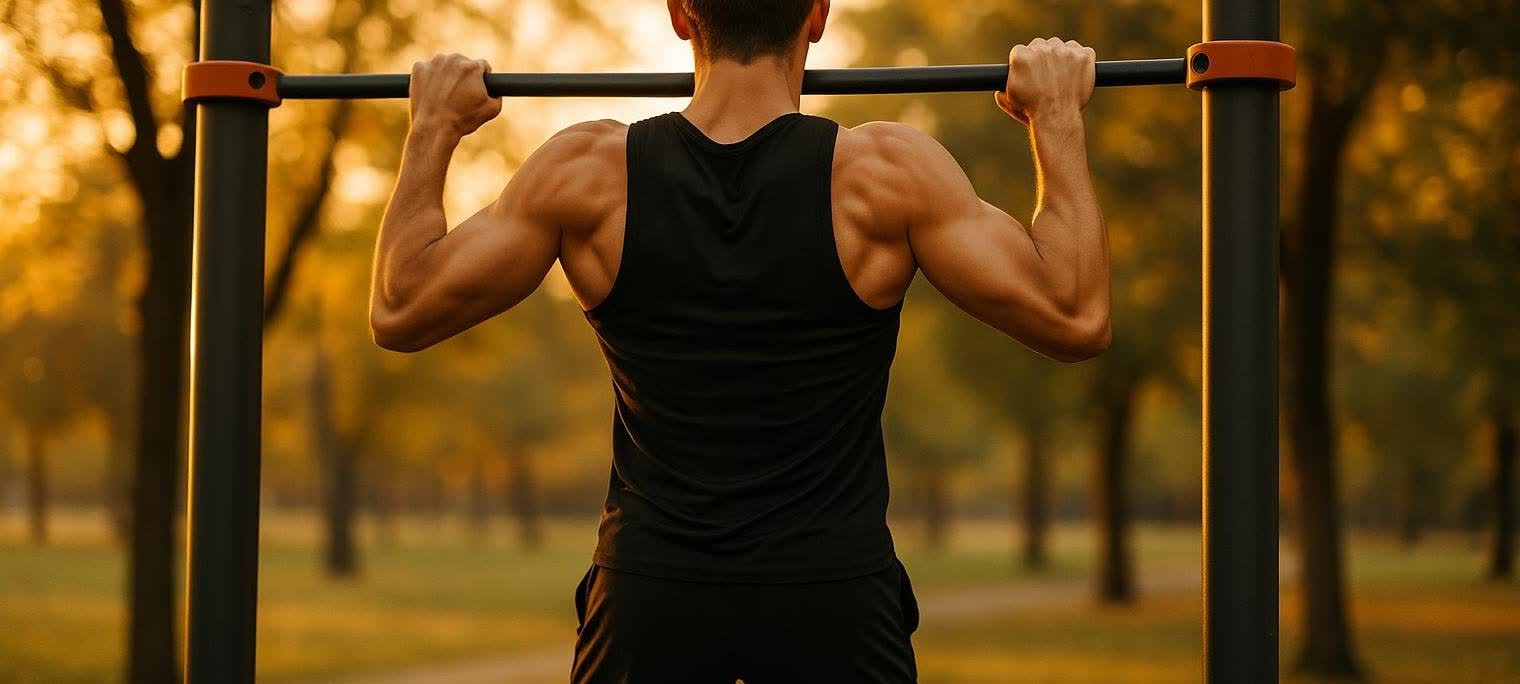
Outdoor Fitness Equipment: Cost & ROI Guide
Outdoor fitness zones are popping up everywhere—from waterfront parks in Seattle to boutique gyms in Austin. If you’re a parks & recreation director, studio owner, or homeowner weighing an investment, the sheer number of product catalogs can feel overwhelming. This guide offers data-driven comparisons, compliance checklists, and budget formulas to help you select the right equipment.
Why Outdoor Fitness Equipment Is Booming
- Community wellness initiatives. A multi-site study of California “Fitness Zones” found that half of the upgraded parks saw higher visitor counts and all reported increases in park-based physical activity after installation (Active Living Research, 2012).
- Post-pandemic demand for open-air workouts. Google Trends shows that worldwide interest in the search term “outdoor gym equipment” climbed from an index score of 27 in January 2020 to 62 in July 2024 (Google Trends data snapshot).
- Lower operating costs. KOMPAN’s budgeting guide notes that using galvanized steel and HDPE materials keeps routine upkeep “minimal” and mostly limited to periodic inspections rather than costly part replacements (KOMPAN Planning Guide).
Tip: For a deep dive into the science-backed benefits of fresh-air workouts, check out our article on vitamin D & outdoor exercise.
Types of Outdoor Fitness Equipment
Cost ranges compiled from 2024 vendor catalogs and price guides, including KOMPAN, Greenfields Outdoor Fitness, and GameTime.
| Category | Typical Units | Cost per Unit | Footprint | Best For |
|---|---|---|---|---|
| Body-weight stations | Pull-up bars, parallel bars | $800–$1,800 | 20–60 sq ft | Calisthenics parks, tight budgets |
| Cardio stations | Outdoor ellipticals, air walkers | $1,500–$4,000 | 40–100 sq ft | All-ages community zones |
| Functional rigs | Ninja/obstacle courses | $10,000–$60,000 (package) | 400–1,200 sq ft | Youth engagement, private gyms |
| Accessibility-focused | Wheelchair-transfer benches | $1,200–$3,500 | 30–70 sq ft | ADA compliance, inclusive design |
| Standalone home units | Compact squat racks, plyo boxes | $150–$1,200 | 10–30 sq ft | Backyard gyms |
Pro Tip: Bundle pricing can shave 8–15 % off individual unit costs when ordering six or more stations, according to Greenfields Outdoor Fitness’ 2024 catalog.
Six Things to Look For Before You Buy
1. Durability & Materials
Most commercial stations use heavy-gauge galvanized steel with a polyester powder coat. Look for:
- Salt-spray testing (≥1,000 hrs) —a durability benchmark cited in New York City Parks’ adult fitness equipment spec, which references ASTM B117 1,000-hour corrosion testing (NYSDOT, 2024).
- UV-stable powder coatings to prevent fading.
- Tamper-resistant hardware to reduce vandalism.
2. Weather Resistance & Maintenance
Ask vendors to provide maintenance logs. High-quality coatings and sealed bearings can keep routine upkeep to simple hose-downs and bolt checks.

3. Safety Standards

- ASTM F3101-21a sets impact-attenuating surfacing and clearance zones for unsupervised public outdoor fitness equipment (ASTM International).
- ASTM F1487 (playground equipment) applies if your zone is adjacent to a kids’ area.
4. Inclusivity & ADA Compliance
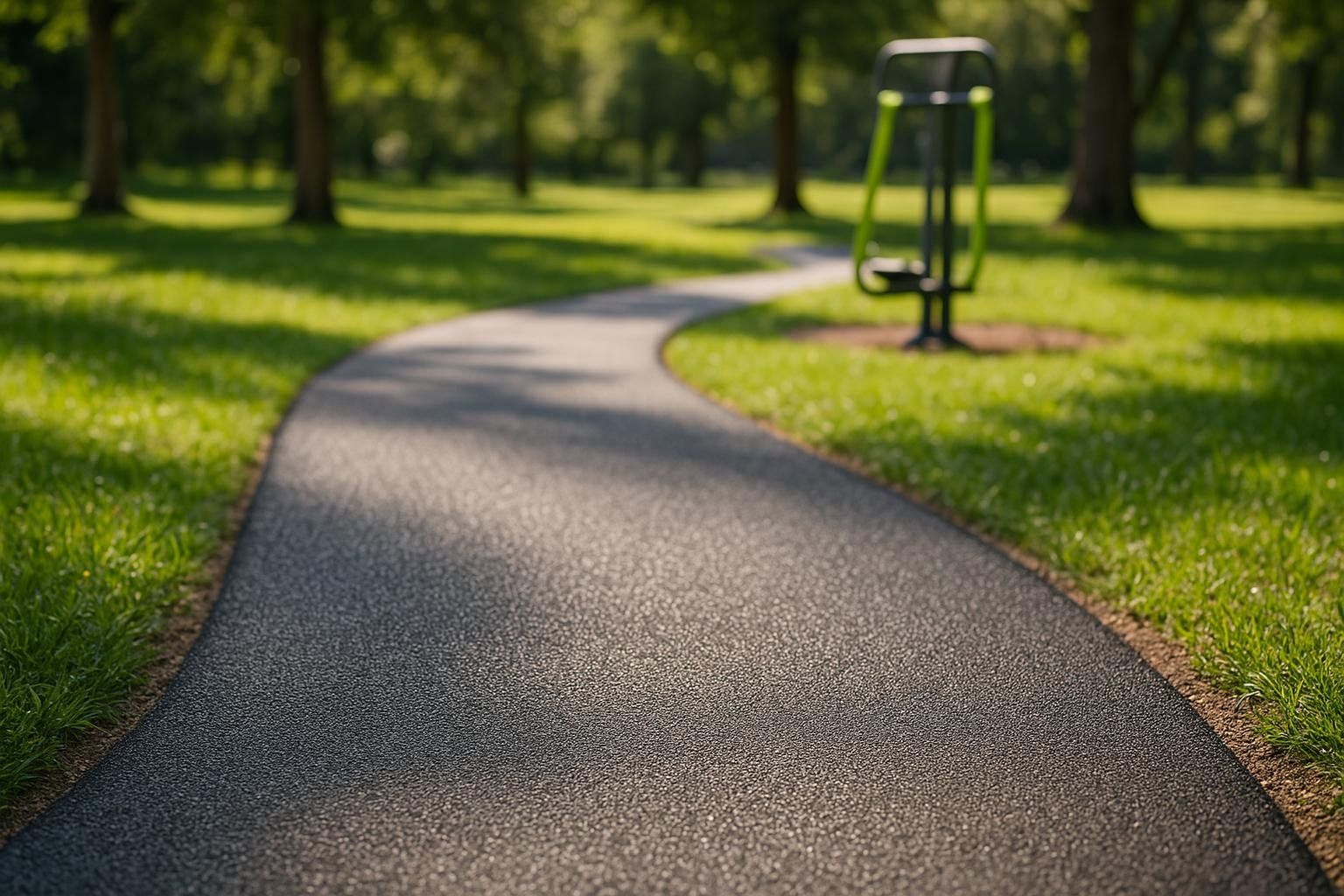
The exercise machines themselves aren’t mandated to be wheelchair-adaptable, but the surrounding space is. 2010 ADA Standards require:
- 36-inch minimum clear width on routes (2010 ADA Standards).
- Firm, stable surfacing—poured-in-place rubber meets both ADA & ASTM standards.
- An accessible route to each fitness station and, per PlayCore’s inclusive design framework, at least one accessible unit for every 20 stations installed (PlayCore Inclusive Fitness Design Guide, 2023).
5. User Engagement & Versatility
Stations offering multiple grip heights or variable resistance serve a broader demographic and boost usage rates.
6. Warranty & Vendor Support
Structural warranties on commercial equipment typically span 10–15 years, matching the corrosion-resistance life expectancy noted above. Confirm whether the vendor covers paint chips, moving parts, and on-site labor.
Budgeting: A Simple Formula
Total Project Cost = (Equipment Cost × 1.3) + Site Prep + Surfacing + Freight
The 30 % multiplier reflects the additional expenses for installation, shipping, and contingency recommended in the KOMPAN Outdoor Gym Cost Guide.
- Site prep. Grading and a 4-inch concrete pad typically run $6–$9 per sq ft for materials and labor (Concrete Network 2025 price survey).
- Surfacing. Poured-in-place rubber averages $12–$18 per sq ft while engineered wood fiber falls around $3–$5 (HomeAdvisor Rubber Flooring Cost Guide 2024).
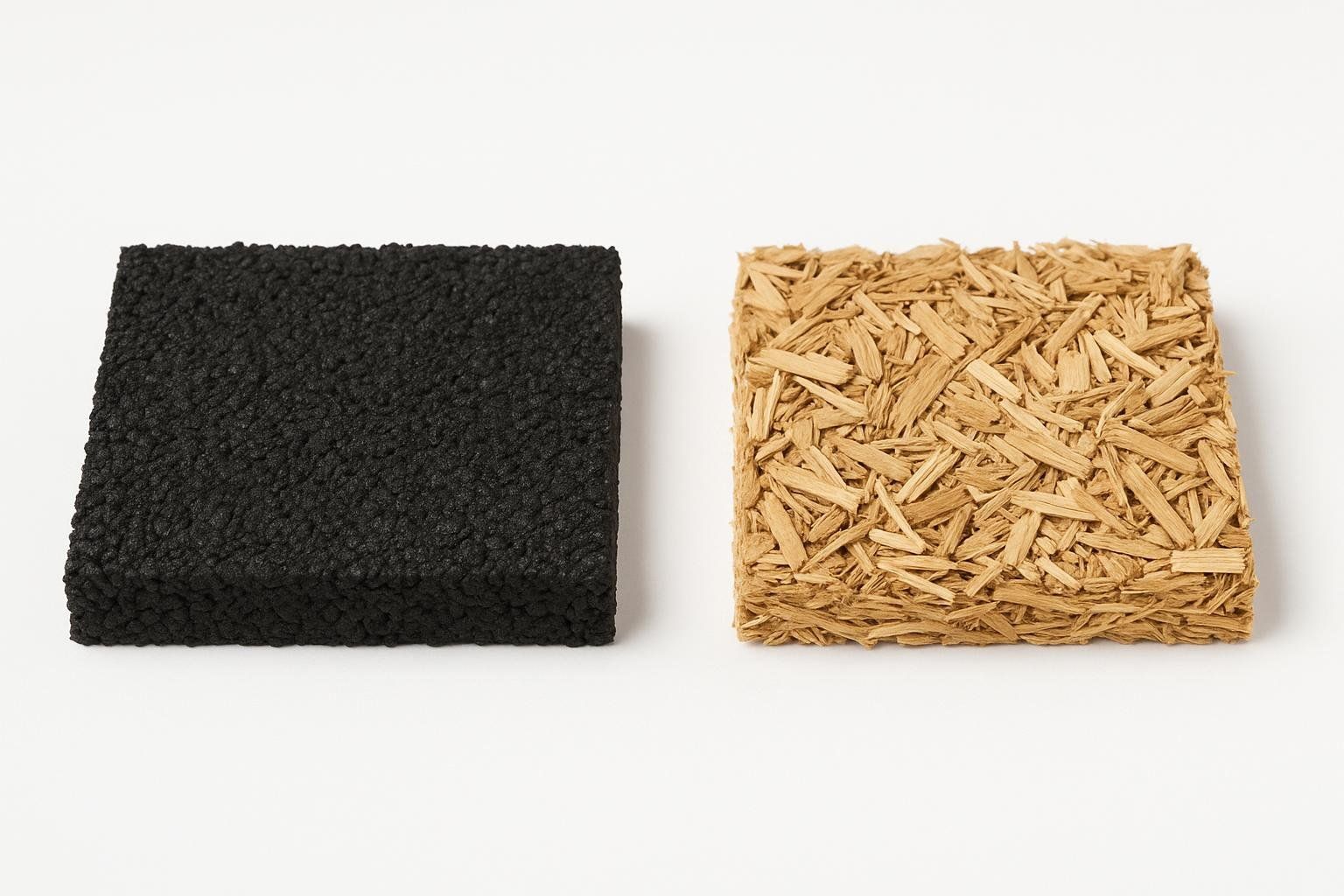
Layout & Installation Checklist
- Site assessment: Soil compaction, drainage, sunlight, and sight-lines.
- Clear zones: Keep 6 ft between dynamic equipment arcs (ASTM F3101).
- Pad depth: 4-inch reinforced concrete is standard.
- Surfacing: Confirm fall-height rating meets ASTM specs.
- Inspection & sign-off: Local building codes + ADA route compliance.
- Community activation: Plan a launch event with optional baseline data from body composition scans.
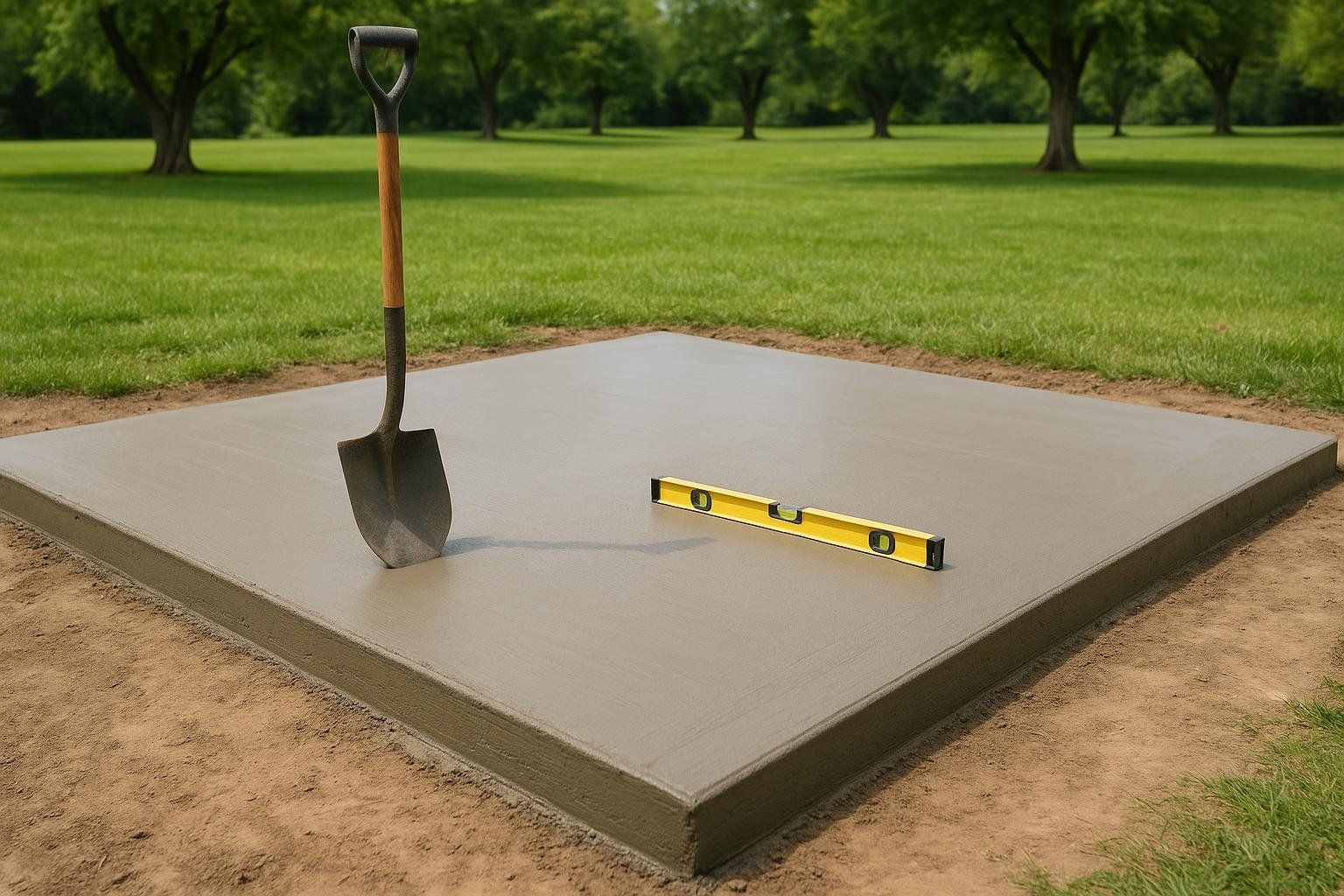
Measuring ROI: Beyond Step Counts
Traditional metrics—foot traffic, class sign-ups—are useful, but physiologic data provides deeper insight. Pairing new outdoor gyms with periodic DEXA body composition scans can quantify changes in visceral fat and lean mass over time, giving stakeholders hard numbers to justify the investment.
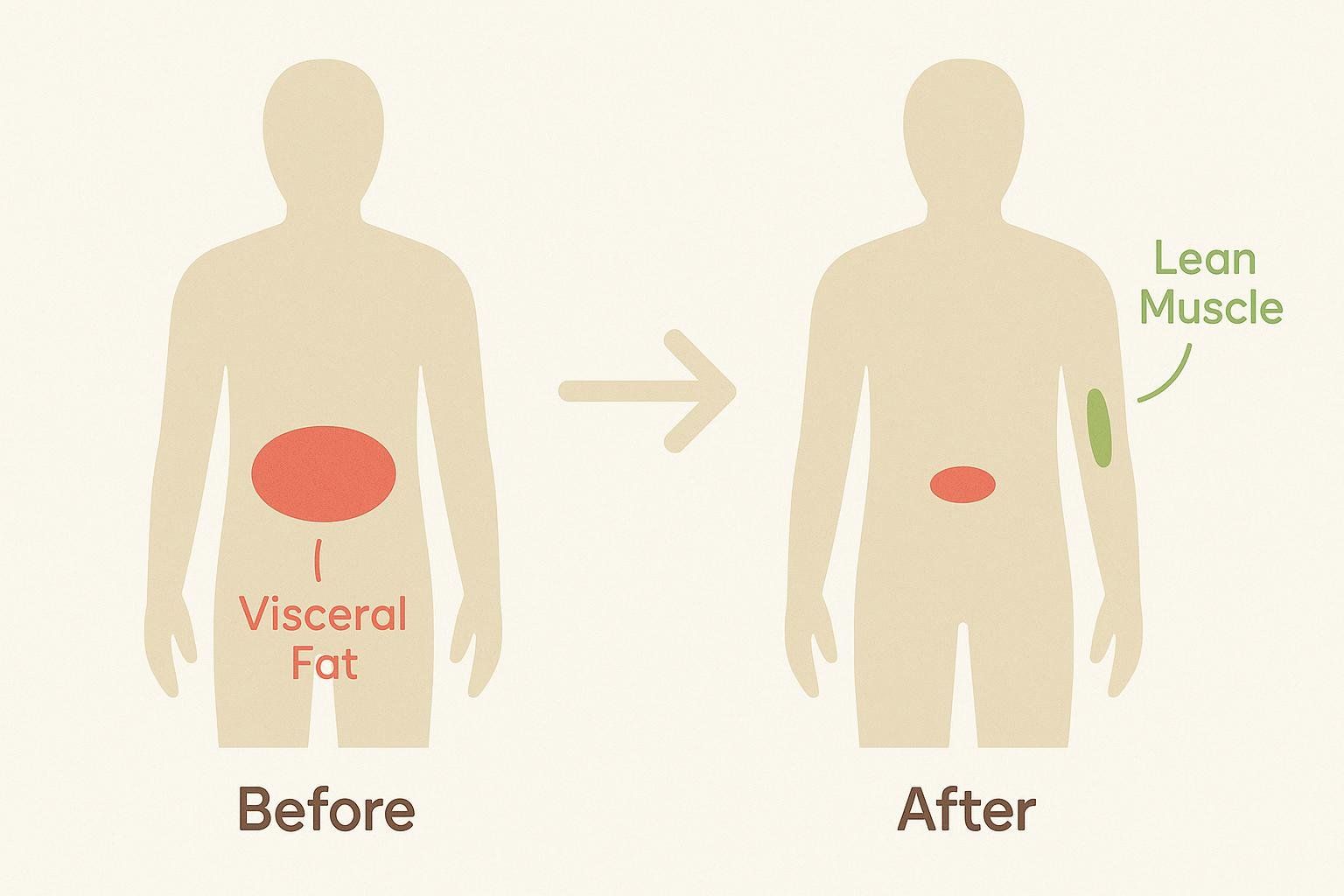
For corporate wellness teams, see our guide on designing programs and tracking ROI.
FAQ
Does outdoor fitness equipment rust?
Commercial gear is zinc-treated and powder-coated, giving it 10–15 years of corrosion resistance—even in coastal zones—when paired with basic upkeep.
Is professional installation required?
For public sites—yes, to meet ASTM surfacing specs. Home units can be DIY if you’re comfortable pouring level concrete.
How much space should I allow per station?
The GameTime Outdoor Fitness Park Design Guide recommends allocating roughly 100–150 sq ft per multi-user station to ensure safe circulation space (GameTime).
Can I track health outcomes?
Absolutely—schedule periodic follow-up DEXA scans to quantify muscle gain and fat loss over time.
Investing in outdoor fitness equipment delivers community health benefits, long-term cost savings, and endless programming possibilities—especially when you plan for durability, inclusivity, and evidence-based ROI tracking.
